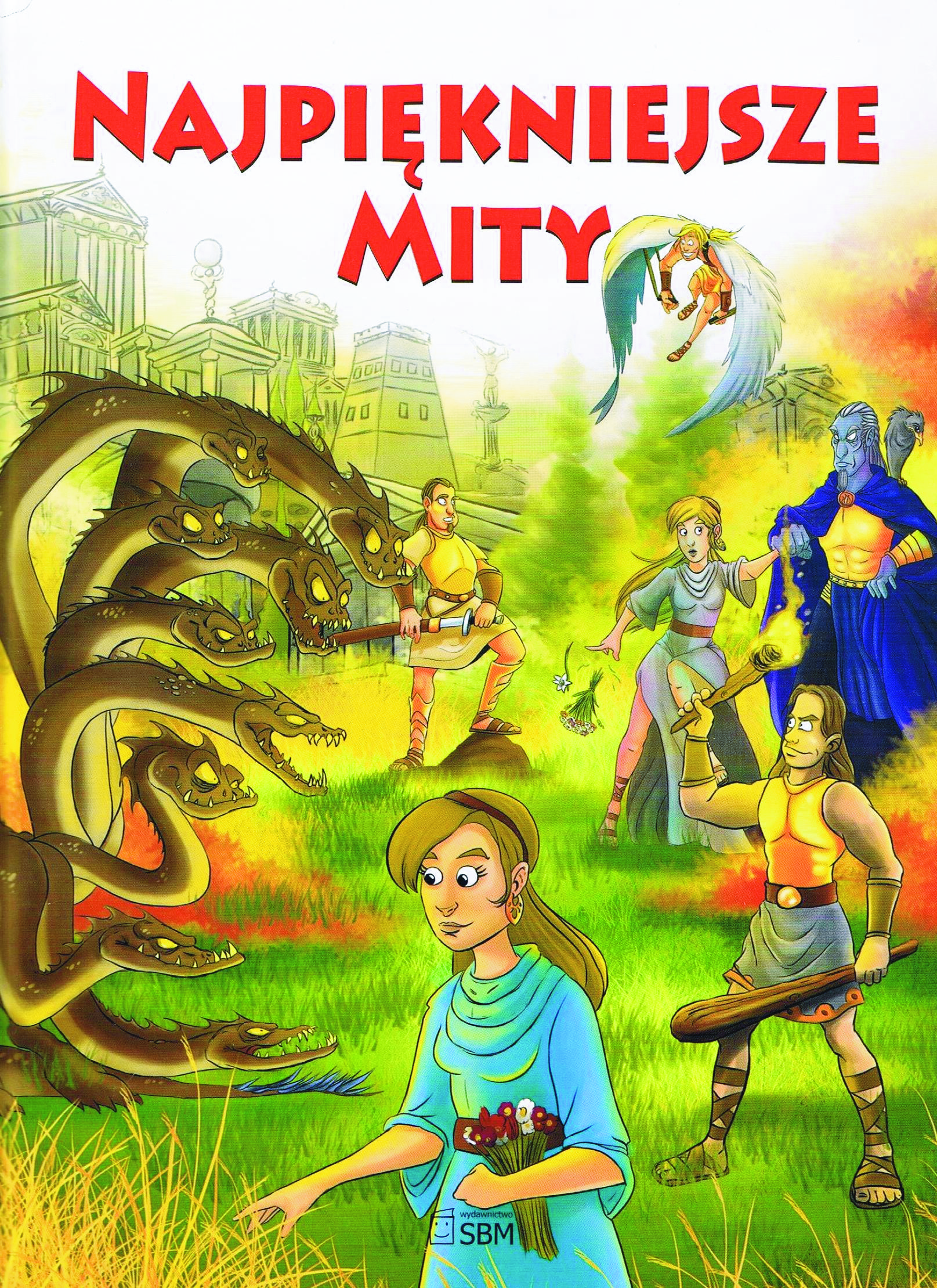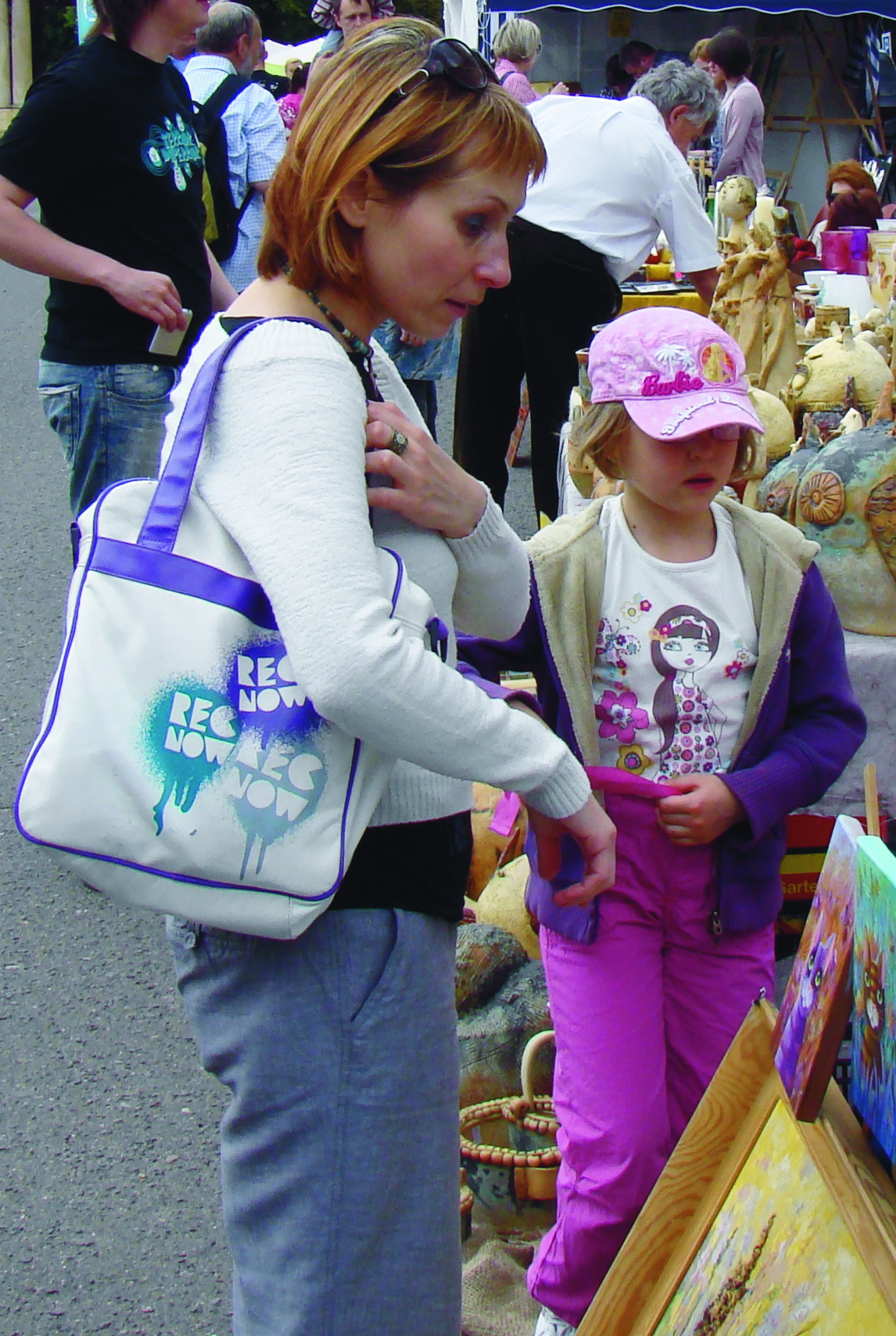Title of the work
Country of the First Edition
Country/countries of popularity
Original Language
First Edition Date
First Edition Details
Elżbieta Safarzyńska, Najpiękniejsze mity. Warszawa: Wydawnictwo SBM, 2012, 32 pp.
ISBN
Genre
Anthology of myths*
Myths
Target Audience
Children
Cover

Courtesy of the Wydawnictwo SBM.
Author of the Entry:
Summary: Karolina Zieleniewska, University of Warsaw, k.zieleniewska@hotmail.com
Analysis: Marta Pszczolińska, University of Warsaw, m.pszczolinska@al.uw.edu.pl
Peer-reviewer of the Entry:
Katarzyna Marciniak, University of Warsaw, kamar@al.uw.edu.pl
Elżbieta Olechowska, University of Warsaw, elzbieta.olechowska@gmail.com

Photograph of the Author with her daughter Martyna, courtesy of the Author.
Elżbieta Safarzyńska
, b. 1974
(Author)
Elżbieta Safarzyńska is a contemporary writer and author of many stories for very young readers and teenagers. She is a sociology graduate from the University of Szczecin who admits that she would rather have studied psychology. She wrote the series Magiczny świat [Magic World], 2008; Polskie legendy i podania ludowe [Polish Legends and Folk Stories], 2009; Duchy Bałaganiuchy [Messy Ghosts ], 2009; Zjadacz Snów, czyli historia Smoka Zenobiusza [The Dream Eater, or the Tale of Zenobius the Dragon], 2009, and others. Classical mythology is only one of many sources of inspiration for this author.
Source:
Tthe material provided by the Author.
Bio prepared by Karolina Zieleniewska, k.zieleniewska@hotmail.com

Mateusz Stefanko (Illustrator)
Mateusz Stefanko lives in Złotoryja. He is an illustrator and a graphic designer. His illustrations for children’s books Najpiękniejsze Mity and Kuba i czarodziejskie nożyczki are available on his fb profile, Mateusz Stefanko Art.
Bio prepared by Marta Pszczolińska, University of Warsaw, m.pszczolinska@al.uw.edu.pl
Summary
Based on: Katarzyna Marciniak, Elżbieta Olechowska, Joanna Kłos, Michał Kucharski (eds.), Polish Literature for Children & Young Adults Inspired by Classical Antiquity: A Catalogue, Faculty of “Artes Liberales”, Warsaw: University of Warsaw, 2013, 444 pp.
A selection of Greek myths for very young readers. Includes eight of the most famous stories about ancient gods and heroes: Demeter and Kore, Daedalus and Icarus, Sisyphus, the Trojan Horse, Theseus and Ariadne, Hercules, the Argonauts’ journey, and the adventures of Odysseus. The book is aimed at very young children; it contains abbreviated versions of myths made suitable through the elimination of horrors and atrocities.
Analysis
A young target audience requires eliminating or simplifying unsuitable threads, which is a doubly justifiable strategy, especially if the book is only 32 pages long. For instance, Jason’s journey has a happy end; Daedalus’ myth begins on the island of Crete, not in Athens; Theseus sails home with Ariadne and does not abandon her on Delos; only the Spartans take part in the Trojan War; Heracles does not die on his funeral pyre because the gods heal him. Not all instances of suffering and cruelty are eliminated from the myths: Heracles kills his children, Hippolyta, Geryon and Augeas, tricks Atlas and is called “clever” (p. 24); his wife Deianira commits suicide.
Parts of the text would benefit from being read with an adult present who could reassure children, afraid and concerned for the safety of the protagonists. This is the case with the story of the abduction of Persephone. The myth starts in a mythical meadow; in the description, the author uses many diminutives: little violets, little plants, little flowers and so on. It is the meadow where Kore was enjoying a beautiful day. Then, in a terrifying contrast, Hades, the god of the Underworld, kidnaps Kore laughing wickedly, and they both plunge into an abyss. The narrative moves on to show the mother’s grief and despair, while the reader remains uncertain of the fate of the abducted girl. A gloomy illustration shows the kidnapper looking like a zombie crushing the delicate hand of the terrified girl. The fact that Hades fell in love with Kore is hardly comforting to the readers as they do not know if the girl could forgive him and reciprocate his feelings.
Another terrifying character is Thanatos in the myth of Sisyphus. As Sisyphus seems to be a pleasant man and everyone likes him, his encounter with the huge, pale, sinister Thanatos, with red eyes and a shining scythe, seems so distressing that it may have been more horrifying than any actual punishment.
In conclusion, retelling the eight myths constitutes an appropriate introduction to Greek mythology. It may encourage readers to reach for more books about classical antiquity and eventually, sources suitable for older audiences and later, hopefully, even original sources.


